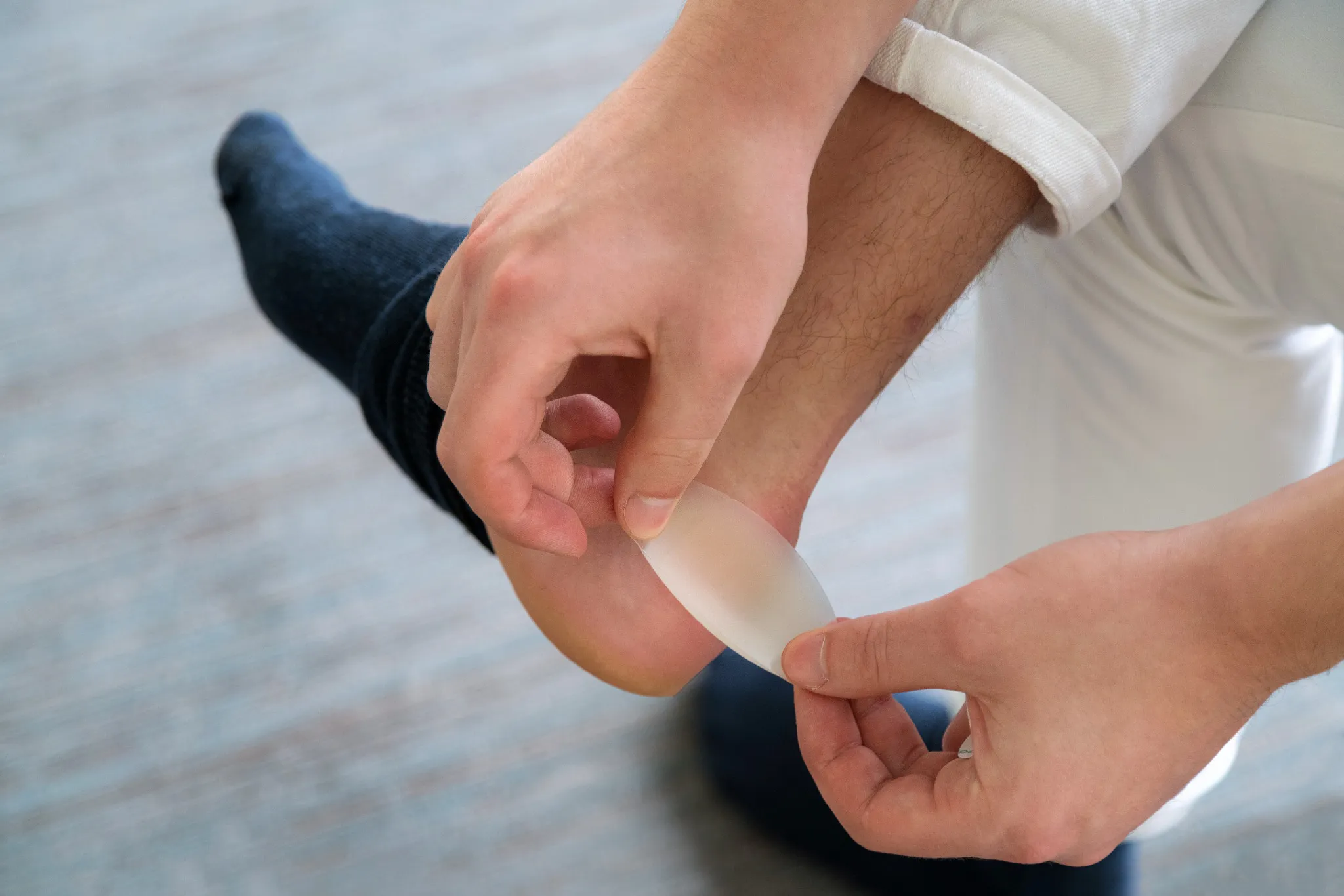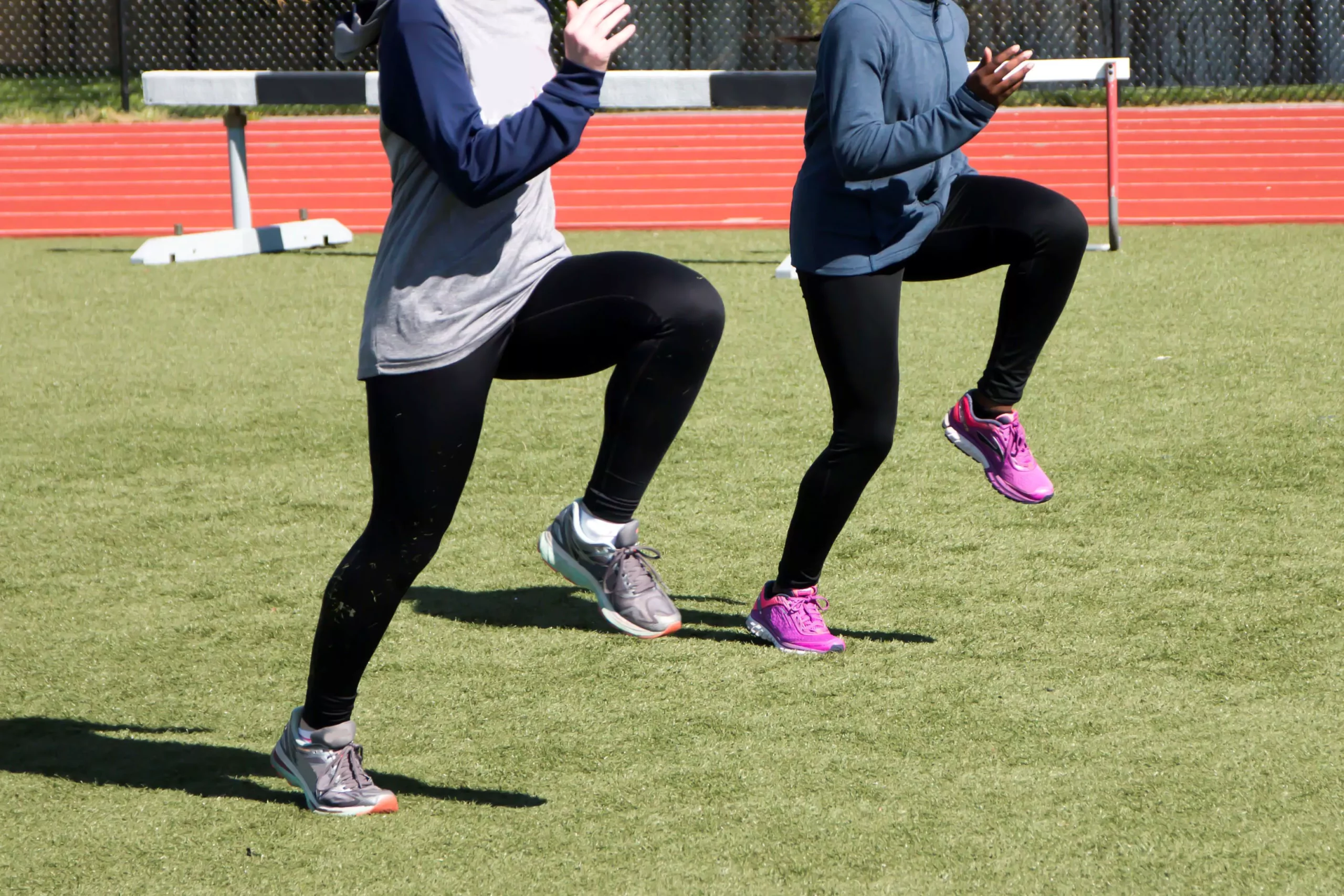Are you looking to smash your personal best in your next 5k race? The secret to a speedier finish may not lie in the hard training you do right before the event, but rather in the art of race tapering. Tapering is the strategic reduction of training volume and intensity before an event to allow your body to rest, recover, and be at its peak performance on race day. Mastering this technique is crucial for any runner aiming to unlock a quicker 5k. In this article, we’ll guide you through an optimized tapering timeline, help you fine-tune your strategy, balance rest with speed work, and provide essential tapering do’s and don’ts for peak performance. Get ready to take your 5k to the next level!
The Tapering Timeline: Your 5k Countdown
Tapering for a 5k race typically begins about 1-2 weeks before the event. This timeline allows your body enough time to recover from the rigors of training while maintaining your running fitness. Start by gradually reducing your total weekly mileage by approximately 25-50% during this period. This doesn’t mean abandoning running altogether; instead, it’s about scaling back the volume to allow your muscles and energy systems to rebuild and strengthen.
As race day approaches, focus on maintaining the intensity of your workouts while still reducing volume. This means that while your runs will become shorter, you should retain some faster-paced runs or intervals to keep your legs feeling sharp. During the final week, it’s beneficial to include a few days with no running at all, or very light jogs, to ensure you’re not carrying any residual fatigue into the race.
The last few days before the race are about rest and mental preparation. Your longest run should be at least three to five days before the race, and any subsequent runs should be short and easy, with perhaps a few strides to keep your legs moving. Ensure you stay hydrated, eat well, and get plenty of sleep to set the stage for a personal best performance.
Fine-Tuning Your Taper Strategy
Every runner is unique, which means each tapering strategy should be personalized based on individual needs and responses to training. Start by reflecting on past races and training cycles. Consider when you’ve felt strongest and most energetic. Did a longer taper work for you, or did you feel better with less time off? Use these insights to customize your tapering period.
It’s also important to pay attention to your body’s signals during the taper. If you feel sluggish or overly fatigued, you might need an extra day of rest or a lighter workout. Conversely, if you’re feeling restless and full of energy, it could be a sign that a short, sharp session is in order to harness that energy without causing fatigue. Listen to your body, and don’t be afraid to adjust your plan as needed.
Lastly, make sure your tapering strategy includes a focus on nutrition and mental tactics. Carbohydrate loading is common in the days leading up to a race, but it’s essential to practice this in training to see how your body responds. Alongside physical preparation, visualize the race, go over your race plan, and build mental confidence that will carry you through to a strong finish.
Balancing Rest and Speed Work
Finding the right balance between rest and speed work during the taper is crucial for arriving at the start line in optimal condition. Instead of long, grueling sessions, tapering should include short bursts of speed that mimic race pace or slightly faster. This maintains neuromuscular connections and keeps your muscles tuned without causing exhaustion.
Incorporate one or two speed sessions in the first week of your taper. These could be interval workouts with reduced volume or a tempo run at your goal race pace. The focus should be on quality over quantity, with plenty of recovery time between efforts to prevent fatigue from accumulating.
In the final days leading up to the race, speed work should be minimal and only serve as a gentle reminder to your body of what’s to come. Strides or short accelerations after an easy run can help maintain turnover and sharpness. Remember, the goal is not to gain fitness during the taper, but to harness the fitness you’ve already built.
Tapering Do’s and Don’ts for Peak Performance
Do maintain your regular running routine but simply cut back on the distance. This helps keep your body in the rhythm of running without overloading it. Do stick to your well-practiced pre-race rituals to minimize stress and maintain comfort and confidence. And do trust in your training; the taper is a time to let all your hard work come to fruition.
Don’t introduce new workouts, shoes, or dietary changes in the tapering phase. The last thing you want is to deal with an unexpected variable that could throw off your performance. Don’t let the taper jitters compel you to overtrain; resist the urge to squeeze in that "one last hard workout" before race day. Lastly, don’t neglect your sleep; prioritize rest to ensure your body is fully recharged.
Remember, tapering is not about making drastic changes but fine-tuning your preparation to maximize performance. Stay calm, focused, and disciplined in your taper, and trust that you’re ready to give your best when you toe the line.
Unlocking a quicker 5k is within your reach if you master the art of race tapering. By following a thoughtful tapering timeline, fine-tuning your strategy, balancing rest with speed work, and adhering to the essential do’s and don’ts, you set yourself up for peak race day performance. Tapering may test your patience, but it is a powerful tool in your racing arsenal. Trust in the process, maintain confidence in your training, and get ready to cross the finish line with a new personal best. Let the countdown to your swiftest 5k begin!


